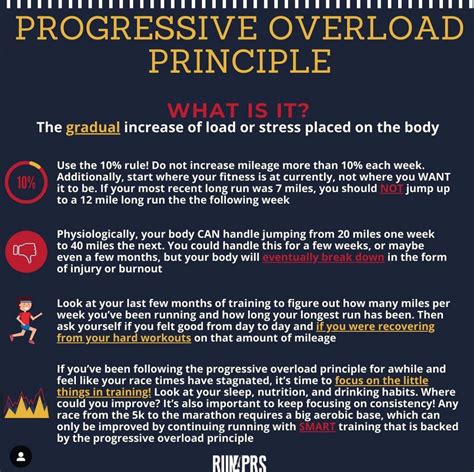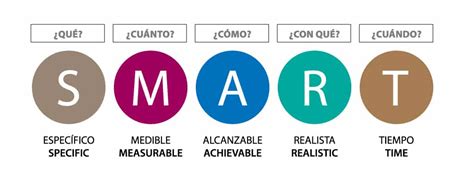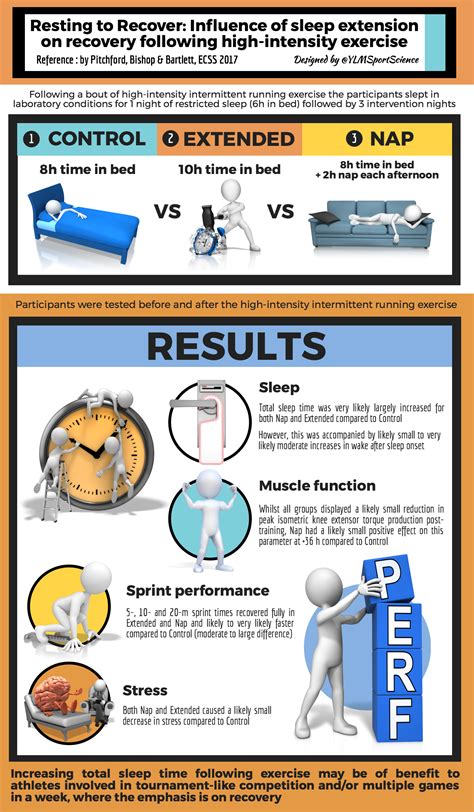Break plateaus: What key training principle unlocks peak male performance & strength?

Conquering the Plateau: The Unyielding Power of Progressive Overload
Every man on a journey to build a stronger, more capable physique eventually faces the dreaded plateau. You hit a wall where your lifts stagnate, your physique stops changing, and motivation wanes. It’s a frustrating yet inevitable part of the fitness journey. But what if there was one key training principle, often overlooked or misunderstood, that holds the secret to consistently breaking through these barriers and unlocking peak performance and strength?
That principle is Progressive Overload. It’s not a secret workout routine or a magic supplement; it’s the fundamental driver of adaptation, the very mechanism by which your body gets stronger, faster, and more muscular. Ignoring it means resigning yourself to mediocrity; embracing it means an endless path of progress.

Understanding Progressive Overload: The Core of Adaptation
At its heart, progressive overload is simple: to continue making gains, you must continually challenge your muscles beyond their previous limits. Your body is an incredibly adaptive machine. When you consistently expose it to a stimulus it’s not quite ready for, it adapts and grows stronger to handle that stimulus in the future. Once it adapts, the previous stimulus is no longer a challenge, and without a new, greater challenge, progress halts.
Think of it like this: if you lift the same weight for the same number of reps week after week, your body has no reason to get stronger. It’s already capable of handling that load. To force further adaptation, you must gradually increase the demand placed on your musculoskeletal system.
Practical Methods to Implement Progressive Overload
Progressive overload isn’t just about adding more weight to the bar every session, though that’s certainly one effective method. There are numerous ways to progressively increase the demands on your body:
- Increase the Weight: The most straightforward method. Once you can comfortably hit your target reps with a certain weight, increase the weight slightly.
- Increase Repetitions: If increasing weight isn’t feasible, try adding 1-2 more reps to your sets with the current weight.
- Increase Sets: Adding an extra set to an exercise can increase overall training volume and stimulus.
- Decrease Rest Time: Performing the same work in less time increases intensity and cardiovascular demand.
- Increase Time Under Tension (TUT): Slow down the eccentric (lowering) phase of a lift or pause at the point of maximum contraction to keep muscles under strain for longer.
- Improve Form and Technique: While not a direct increase in load, perfecting your form allows you to lift more effectively and engage target muscles better, preparing you for true load increases.
- Increase Training Frequency: Training a muscle group more often per week (e.g., twice instead of once) can increase overall volume and stimulus, as long as recovery is managed.

Why It’s Non-Negotiable for Men’s Performance & Strength
For men aiming for peak performance, whether in strength sports, athletic endeavors, or simply building an impressive physique, progressive overload is non-negotiable. Men typically have higher levels of testosterone, allowing for greater potential for muscle growth and strength. However, this potential can only be fully realized by consistently providing the necessary stimulus for adaptation.
Without progressive overload, gains will halt, muscle will stagnate, and strength will plateau. It’s the constant push against your current limits that triggers the physiological responses leading to hypertrophy (muscle growth) and increased neural efficiency (better strength). It forces your body to adapt by building more contractile tissue and improving the communication between your brain and muscles.

Implementing Progressive Overload Effectively
To truly harness progressive overload, consistency and intelligent tracking are paramount. Here’s how to integrate it into your routine:
- Track Everything: Keep a detailed log of your workouts – weights, reps, sets, rest times, and even how you felt. This is your roadmap for progress.
- Plan for Progression: Don’t just show up and wing it. Have a clear idea of how you plan to incrementally increase the challenge for each exercise over time.
- Be Patient and Consistent: Progress isn’t always linear. There will be good days and bad days. The key is consistent effort over weeks, months, and years.
- Listen to Your Body: While the goal is to push limits, listen to signs of overtraining or injury. Sometimes, a deload week or a slight adjustment is necessary for long-term progress.
- Prioritize Recovery: Adequate sleep, nutrition, and stress management are vital for your body to recover and adapt to the increased demands.
The Path to Uninterrupted Gains
The quest for peak male performance and strength isn’t about magical shortcuts; it’s about understanding and diligently applying fundamental principles. Progressive overload stands as the cornerstone of continuous improvement. By consistently challenging your body to do just a little more than it did last time, you provide the necessary stimulus for it to adapt, grow stronger, and ultimately, break free from plateaus.
Embrace progressive overload, track your journey, and watch as you not only break through current limits but also unlock levels of strength and performance you once thought unattainable. It’s the simple, yet profound, key to an endless journey of gains.










